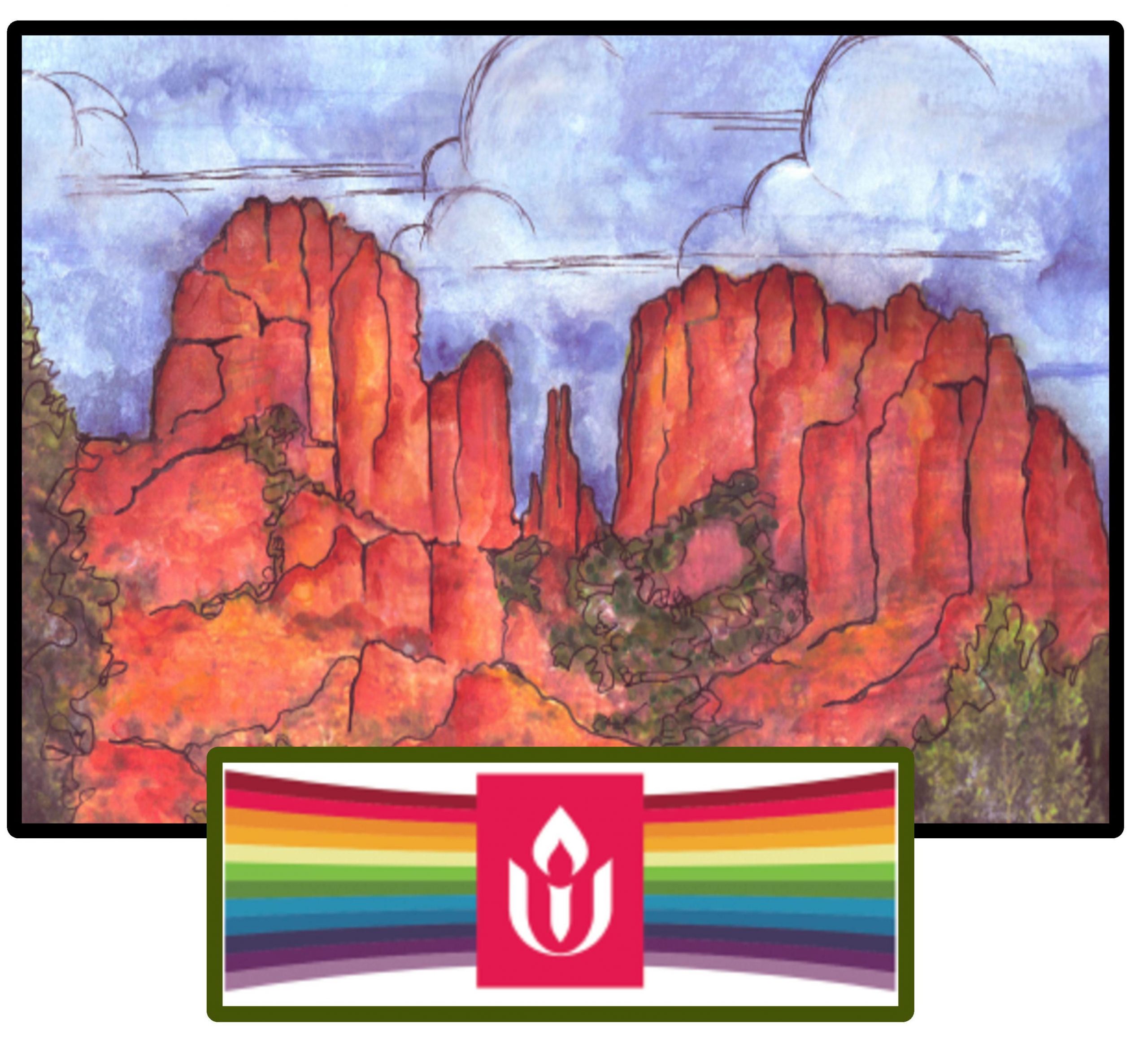Unitarian Universalists have long emphasized celebrating the natural world and protecting it.
In 1843, Unitarian Rev. Margaret Fuller spoke out to challenge the Western cultural notion that everything in nature was created to be used however humans saw fit.
From their beginnings in America, Unitarians and Universalists saw in the natural world a place to deepen their essential connection to what they saw as “the ground of all being.”
By the late nineteenth century, the two faiths fully embraced a deep sense of wonder and gratitude for their natural surroundings, and their ministers drew life lessons from the wilderness areas encircling their communities.
By the time they consolidated, in 1961, to form the Unitarian Universalist Association, a generation of leaders took over who had started developing their worldviews from a Sunday school curriculum that celebrated the natural world and encouraged them to explore earthworms, stars, birds, rocks, and the human hand.
Since April 1970, with the first Earth Day, UUs have been active in local, national, and international efforts to bring environmental issues to congregants’ (and all citizens’) attention through worship, witness, and service.
The UU Green Sanctuary program, begun in 2001, urged all UU congregations to commit to protecting their not-yet-developed, nearby environments.
Today’s Unitarian Universalists regularly “affirm the interdependence of all life on earth” — one of their foundational principles. Therefore, they embrace the environmental justice movement, which calls upon us to care about and contribute to the well-being of people increasingly impacted by global warming and other harmful consequences of climate change.
